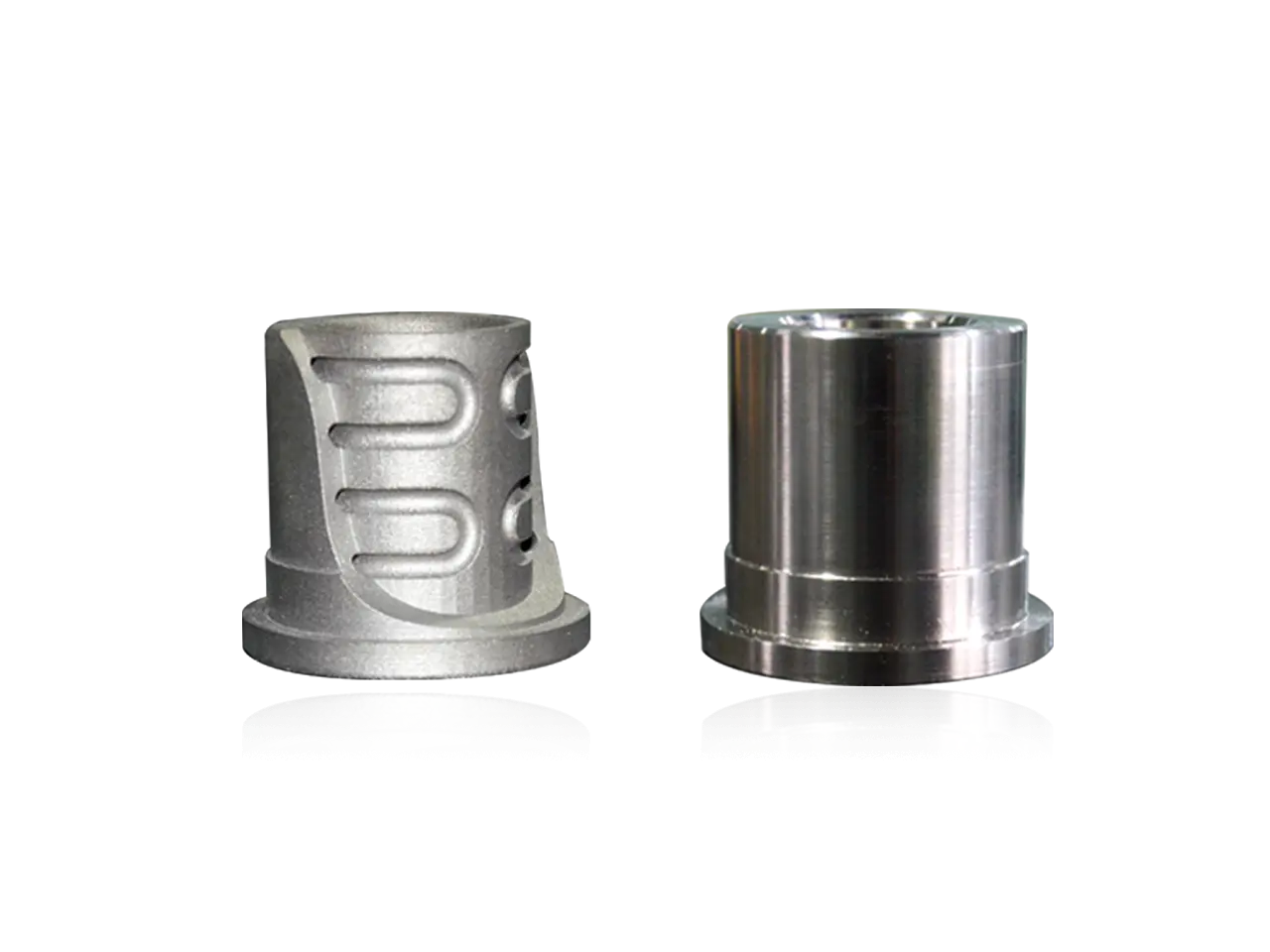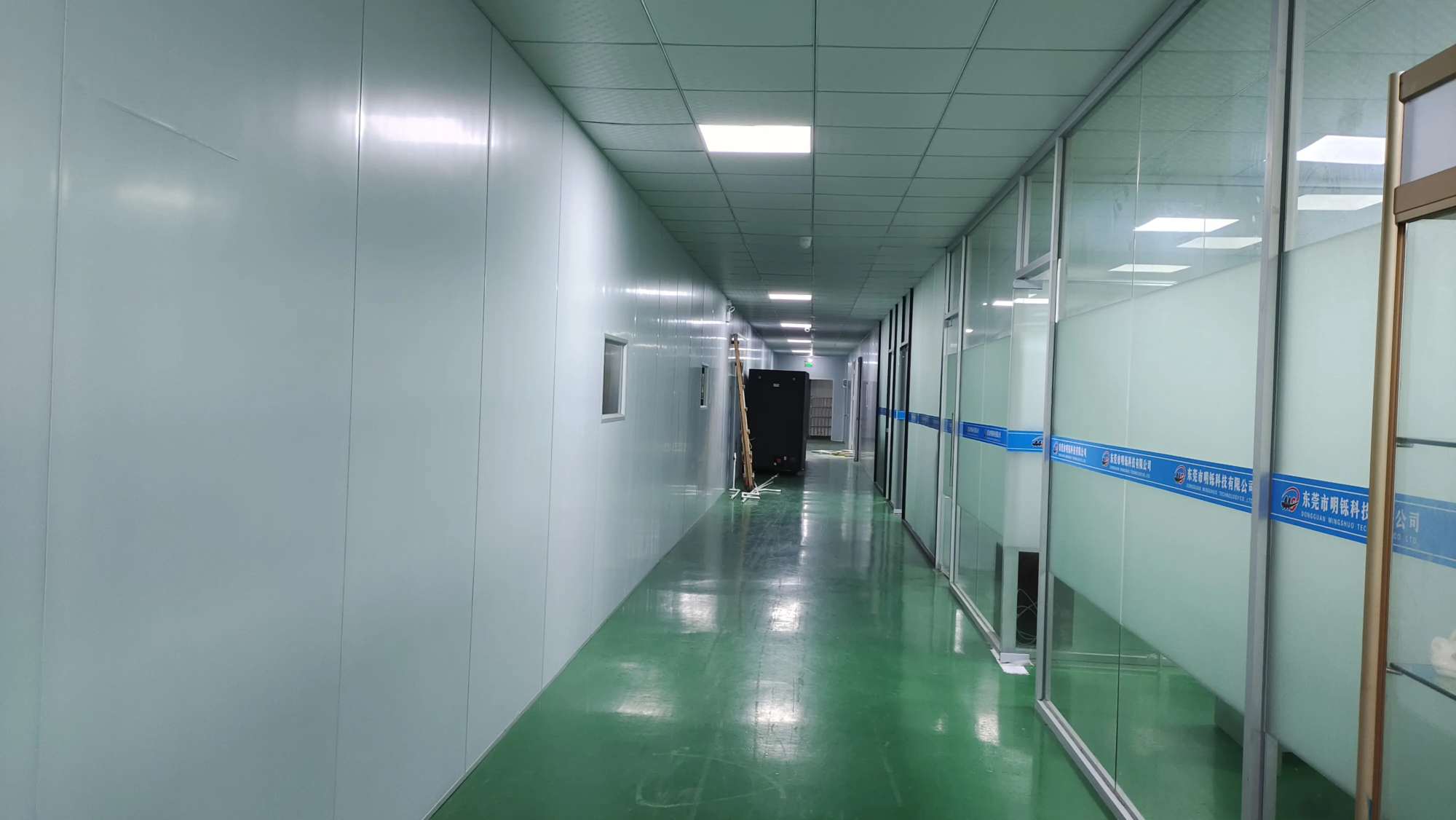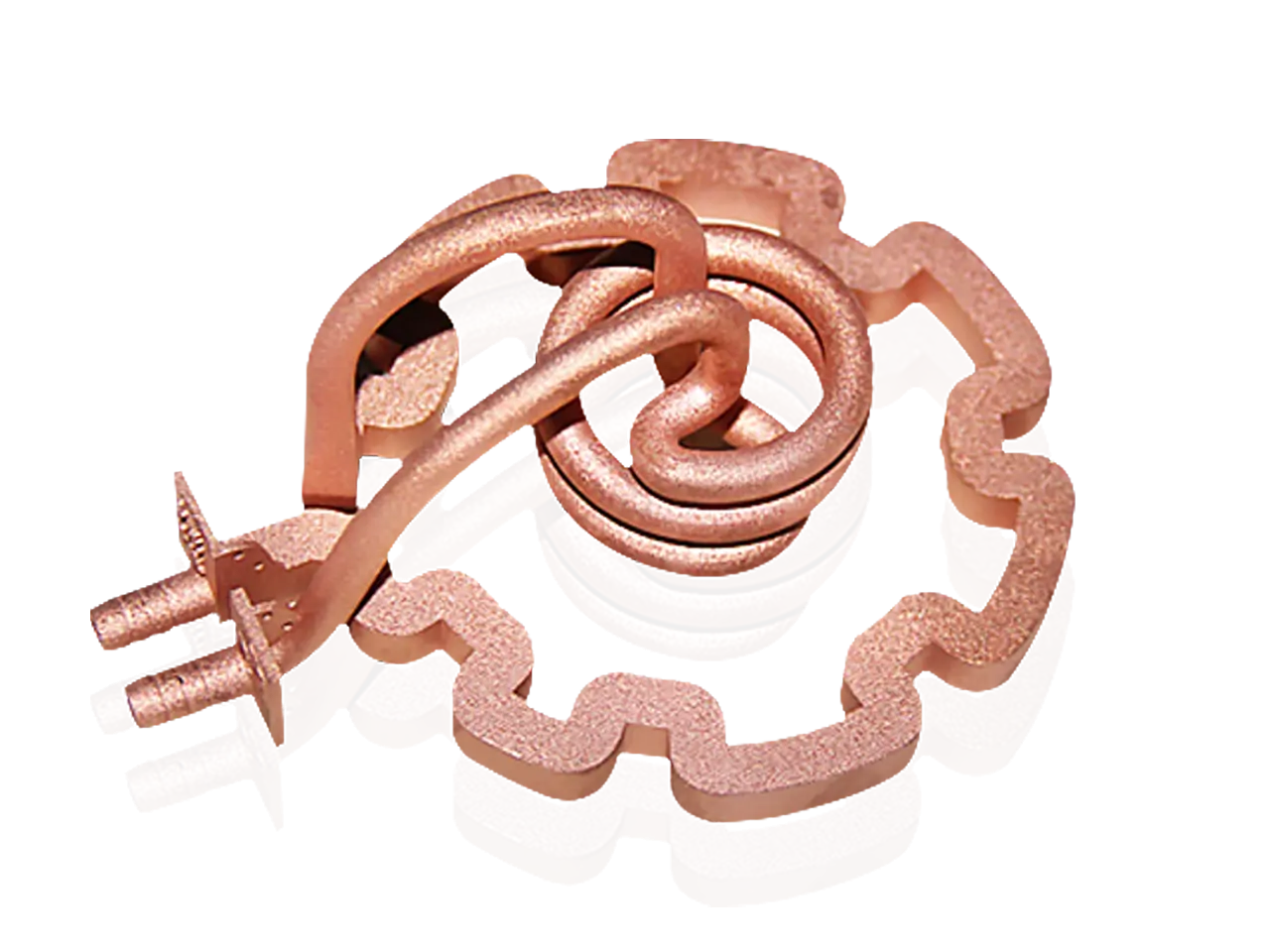Basic Guide to 3D Printing of Special Grid Case
Grid – Open Source, Remote Network Network Protocol – empowers the community through offline, decentralized communication. But to protect its important components (nodes, radio and Lora modules) case It is not negotiable. This is the accuracy and versatility of modern 3D printing, especially for rapid prototyping and production.
Why your grid equipment needs quality
Grid devices are often deployed in challenging environments: mounted on a bike, carried in a backpack, fixed on a roof or exposed to the weather. High-quality cases prevent:
- Physical effects: drip, bump and crushing force.
- Environmental hazards: Dust, moisture, rain and UV radiation.
- Component protection: Shield sensitive electronic devices such as GPS antennas, screens and circuit boards.
- Safe installation: Provides reliable accessories for belts, bolts or brackets.
- RF performance: Design designs that minimize signal interference (a key factor in network networks).
3D Printing: The Best Solution for Mesh Cases
Traditional manufacturing methods, such as high upfront costs and long lead times for injection molding, make them impractical for low volume, customized grid deployment. 3D printing provides the ideal solution:
- Rapid prototyping: Quickly iterate design concepts (such as optimizing antenna placement cavity, access point position, or ergonomic grip) before committing to final production. Test fit, function and durability instead of weeks.
- Customized and on-demand production: Easily modify STL files to suit specific components (different boards, battery sizes, OLED screens), branding or unique installation requirements – no minimum order quantity.
- Complex geometric shapes: Implementing complex designs, internal channels of cables, snapshot closures, integrated mounting points or vents, while other approaches will be challenging or impossible.
- Material Diversity: Access a wide range of materials with specific characteristics required for durability, weather resistance, temperature tolerance and radio signal transparency.
Material Selection: Plastics and Metals – Matching Case and Tasks
The selection of 3D printed materials has profoundly affected the performance of the case:
-
Engineering Plastics (FDM/SLS):
- PLA/PLA+: Budget-friendly and easy to print, suitable for prototypes or indoor/low impact. Easy to get drowsy during outdoor hours.
- PETG: Good balance of strength, impact resistance and weather/UV resistance. It is highly recommended to use in most common grid cases.
- Asa: Higher UV stability, similar to ABS, but better weather resistance. Ideal for permanent outdoor installations.
- Nylon (SLS): Excellent toughness, impact resistance and slight flexibility. More expensive and perfect for rugged applications.
-
High Performance Plastics (MJF, SLS):
- PA11 (MJF/SLS): Bio-based, exceptionally strong, impact resistance, ductility and high weather/chemical resistance. Top choice for demanding on-site use.
- PA12 (MJF/SLS): Excellent mechanical properties, smooth finish, chemical/waterproofness. Widely used in functional end-use parts.
- PP (MJF): Chemical/corrosiveness, high impact strength, excellent fatigue. Suitable for shells that require toughness and flexibility.
- Metal (SLM-selective laser melting): For the most extreme situations!
- Aluminum alloy (e.g., Alsi10mg): Provides excellent strength to weight ratio, excellent heat dissipation (critical for some high power radios), maximum durability and sealing. Ideal for fixed infrastructure nodes, vehicle mounts, or failed tasks.
- Stainless steel (for example 316L): Final corrosion resistance and mechanical strength. Suitable for harsh marine or chemical environments.
Precautions for designing functional shell cases
Creating a valid situation is not just about printing a box. The main considerations include:
- Exact component fitting: Thermal management features, ports, buttons, status LEDs and antenna gaps.
- Antenna integration: Ensure optimal RF performance with minimum obstacles. Short braid paths are crucial.
- Environmental seal: Design effective washer grooves (for O-rings), snapshot or bolted closures, and Ingress Protection inspired vents (if necessary).
- Thermal management: If the electrons generate significant heat, combine the ventilation holes, the radiator (especially important for metal cases) or the internal airflow passage.
- Installation and Availability: Integrate powerful mounting points, attachment loops, ergonomics and clear access to key functions.
- Draft corners and wall thickness: Ensure manufacturing and structural integrity.
GRESTLIGHT: Your partner for precision mesh case solutions
Ensure functional advantages, durable mesh cases require more than just access to any 3D printer. it takes Expertise, advanced technology and meticulous finishes – That’s where Greatlight is good at.
As a leader from China’s rapid prototyping and on-demand manufacturing industry, Greverlight brings:
- Tip-point SLM metal printing: With advanced selective laser melting technology, we provide exceptionally accurate and robust Metal Grid Case In aluminum alloy and stainless steel. Ideal for mission-critical deployments that require unparalleled durability and thermal performance.
- Comprehensive plastic printing function: Master a wide range of plastics through FDM, SLS and MJF Technologies (PA11, PA12, ASA, PETG) to meet various cost, weight and performance requirements of all types of nodes.
- Engineering and Design Expertise: Our team not only needs to print; we recommend design optimizations for manufacturing performance, structural integrity, antenna performance and environmental seals. We help turn your concept or STL into a perfect reality.
- One-stop post-processing: Real-world availability requires perfect finishing. We offer a complete kit: precision machining (milling, turning), expert surface finishes (smoothing, bead blasting, polishing, painting), heat treatment, electroplating, vacuum casting, uranine casting and high quality assembly.
- Quick customization and delivery: Focus on effectively solving your rapid prototype challenges. We offer fast quotes, fast turnaround times (usually just a few days) and competitive pricing driven by internal functions and economies of scale. Deliver custom mesh cases at the best price without compromise on quality.
- Reliable quality and quantity production: We are a professional manufacturer for prototyping and Large production volume on demand.
in conclusion
The flexibility and functionality of your network depends greatly on the protection provided by its individual nodes. Off-the-shelf solutions often do not meet the custom and solid requirements of actual deployment. 3D printing unlocks unrivaled flexibility, speed and performance – but realizing its full potential requires working with expert manufacturers.
Excellent mesh cases can be easily achieved by combining precise design, strategic choice of advanced printing technology (plastics and high-strength metal SLM) and comprehensive professional finishing services. Expert manufacturers like Great Provides engineering-savvy production capacity and strict quality control to convert your STL files into a field-ready shell that protects your communication lifeline. Invest in a professionally manufactured custom 3D printing case, not just protection; it’s about ensuring the firm reliability and longevity of the basic mesh infrastructure.
Frequently Asked Questions about 3D Printing Mesh Cases (FAQs)
-
Q: Why choose 3D printing instead of buying large-scale production cases?
- one: For customization (fitting to specific boards, batteries, accessories), fast usability, low volume production without a lot of setup fees, and the ability to quickly iterate design based on field feedback. A mass-produced case may not match your exact hardware configuration at all.
-
Q: Which material is best for outdoor/weatherproof shells?
- one: PETG, ASA or nylon (PA11/PA12) plastics provide a good balance for most users. For ultimate durability and environmental sealing (especially waterproofing), it is best to use a suitable cell phone/shield printed aluminum SLM. ASA and PA11/PA12 are the best plastics for UV resistance.
-
Q: Will the plastic shell block Lora/GPS signals?
- one: Most standard 3D printed plastics (PLA, PETG, ABS, ASA, nylon) are almost transparent to the RF signal in the Lora/GPS band. Make sure the antenna area is not blocked by thick walls or metal-containing filaments. Metal boxes require careful antenna design (external mounted or precisely sealed antenna windows).
-
Q: How difficult is it to design a grid case?
- one: Design a Effective Case requires CAD skills and an understanding of electronic protection, sealing and RF principles. However, many STL files are available online for open source of popular boards (T-Beam, Lilygo T3, etc.). Additionally, working with experienced manufacturers such as Greatlime can provide advice, optimization, and even design cases for your needs.
-
Q: Which post-processing options are important?
- one: For Plastics: Vapor Smoothing (ASA) improves water resistance, dyeing increases color, and polishing/painting improves aesthetics. For metals: Accurate machining ensures port/hole accuracy, bead blasting/polishing enhances appearance and corrosion. Proper completion is essential for sealing and usability.
-
Q: I only need to modify one prototype case. Can Greatlight help?
- one: Absolutely! Rapid prototypes are our core strength. We focus on the rapid production of high-quality custom parts, whether it’s a single functional prototype to test your design iteration or a small batch of end-use cases.
- Q: How do I start with a custom mesh case in Greatlight?
- one: Contact Greatlight directly through their website to provide your request (if any, material preference, quantity, intended use) for quick quotes and expert consultation. Our team will guide you through the best manufacturing and finishing methods. Customize your precision mesh case now!





